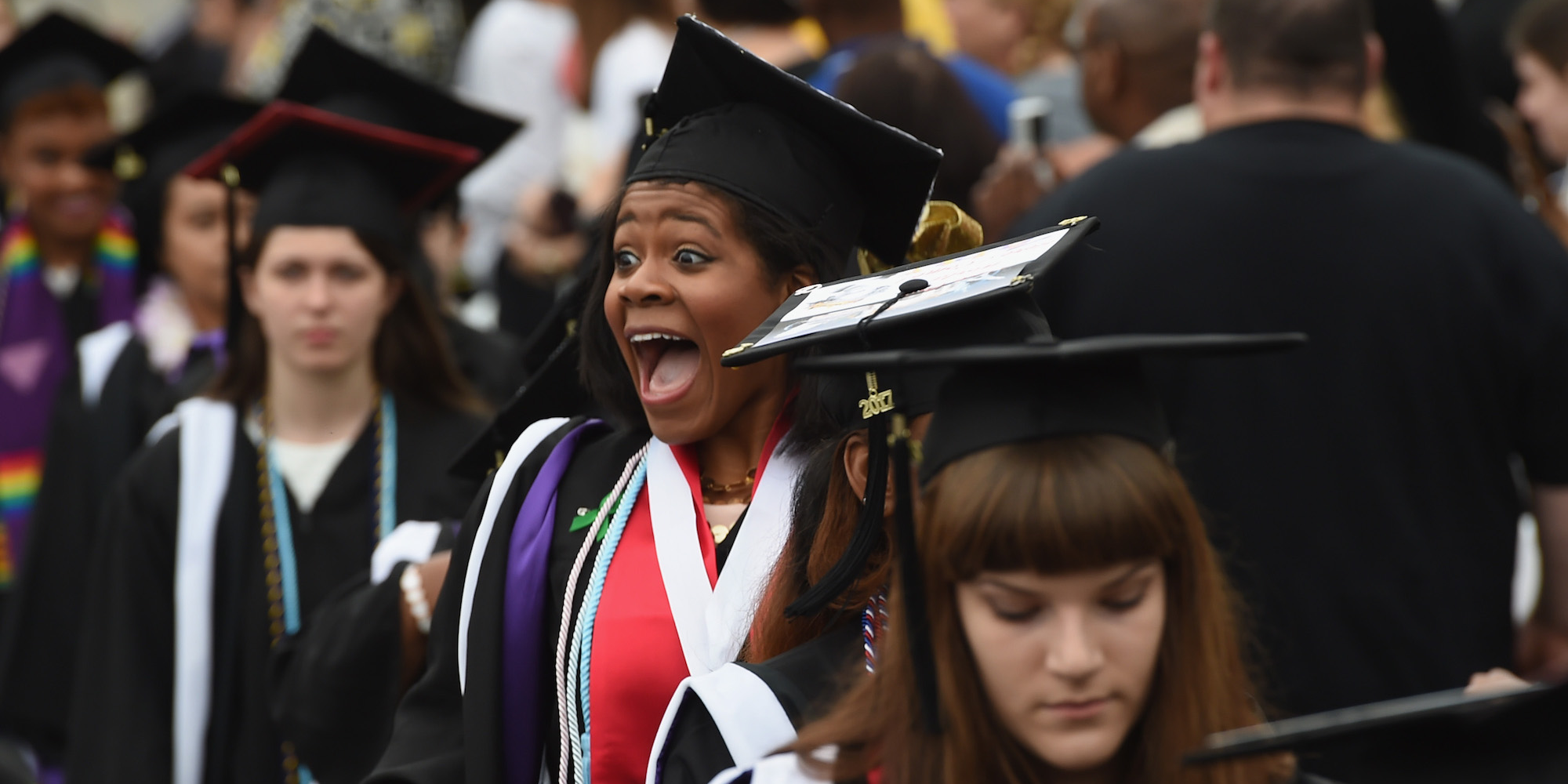- US News and World Report has added two measures of “social mobility” to their annual college rankings based on graduation rates for students from lower-income backgrounds.
- The change comes at a time when income inequality remains a topic of hot debate in America.
US News and World Report has made a change to its annual rankings of America’s colleges and universities.
The 2019 college ranking will include two measures of “social mobility” based on graduation rates for the recipients of Pell Grants. Pell Grants are funded by the Department of Education and are intended to make college more accessible to students with lower family incomes.
US News said in a post on its ranking method that Pell Grant recipients tend to come from families with annual incomes below $50,000, with most of the money going to students from families with incomes below $20,000.
The two new measures are the six-year graduation rates for Pell Grant students, and those rates compared to the overall graduation rates for the universities and colleges being ranked. Together, the two measures make up 5% of the total scores for the ranking, and are intended to reward schools that have high success rates for students coming from lower-income backgrounds.
Politico's Benjamin Wermund noted that California's state university system was one of the big beneficiaries of the new ranking owing to its high graduation rates for low-income students, citing US News' chief data strategist Robert Morse.
The addition of the social mobility measures comes along with a few other tweaks to this year's ranking. Acceptance rates no longer factor into the rankings, and measures of standardized test scores and high school standing for incoming students receive a lower weighting.
The change to the US News college rankings comes amid a broader debate about inequality in the US, with access to higher education and social mobility a big part of that debate.
Higher education has traditionally been seen as a major ladder to achieving the American Dream, but that ladder has not always been extended to all. A 2017 study by the Equality of Opportunity Project found that access to elite universities remains deeply unequal, with more students from the top 1% admitted to a group of 12 of the country's top private universities - many of which dominate the US News rankings - than students from the bottom 50% of the income distribution.

